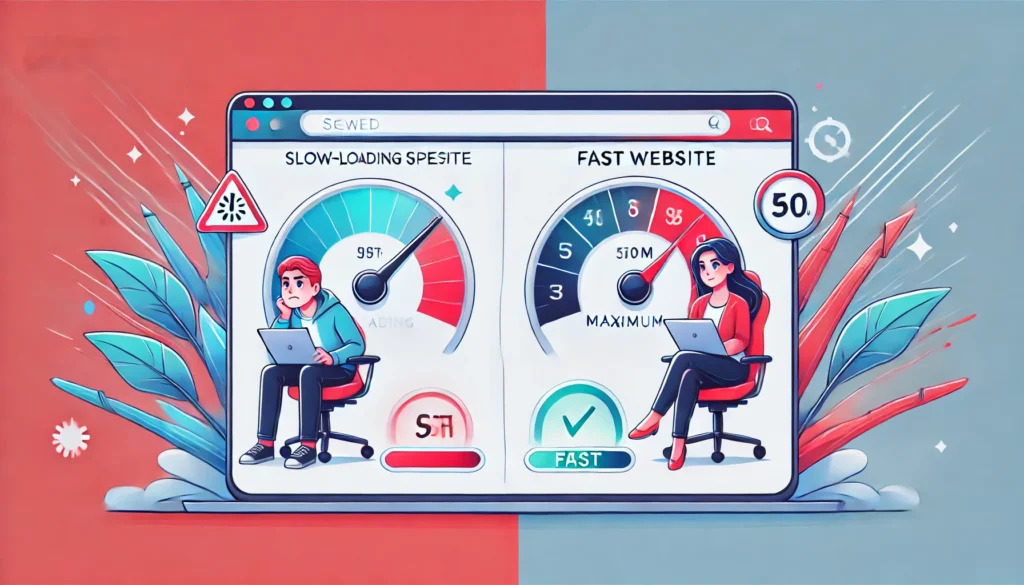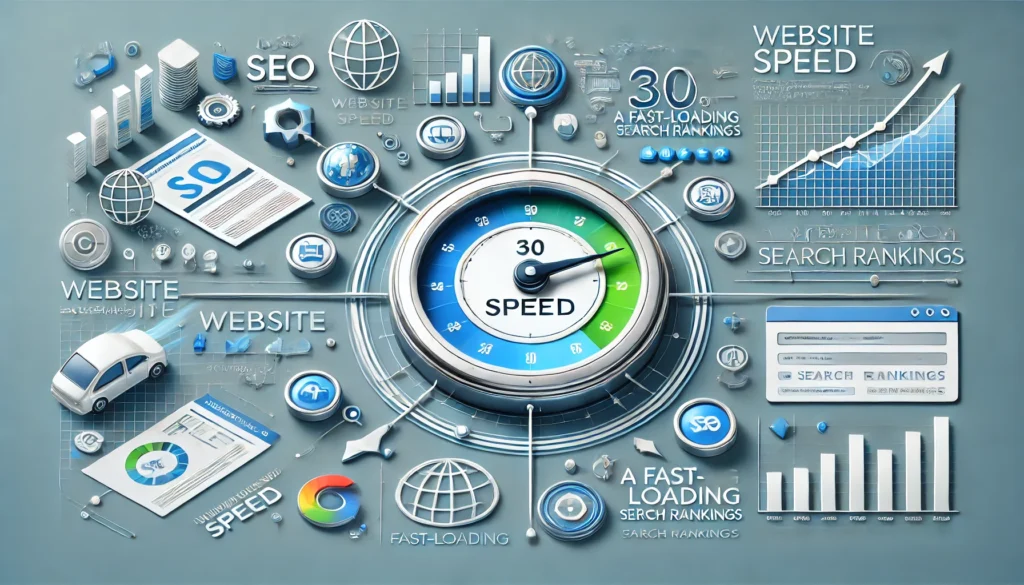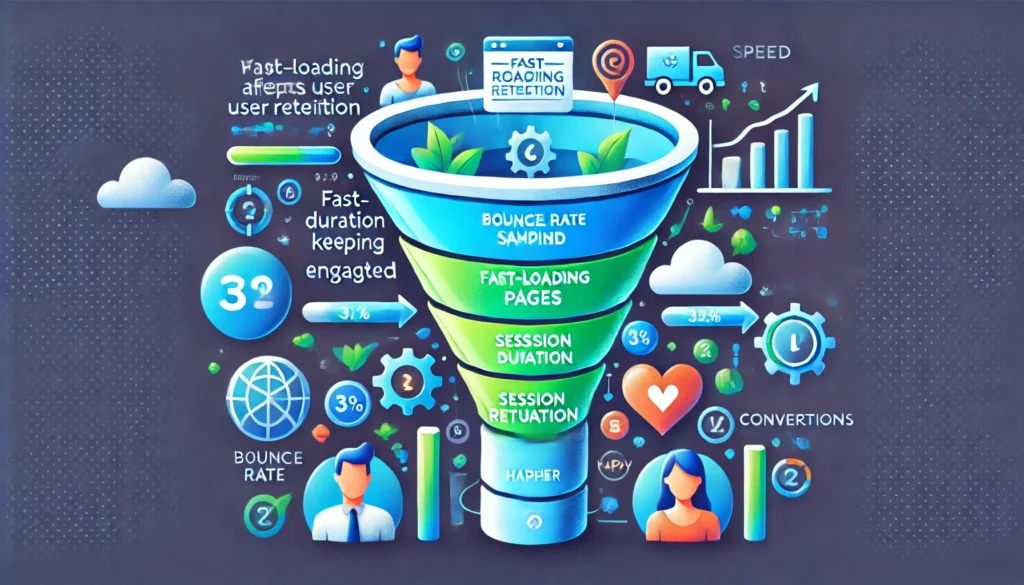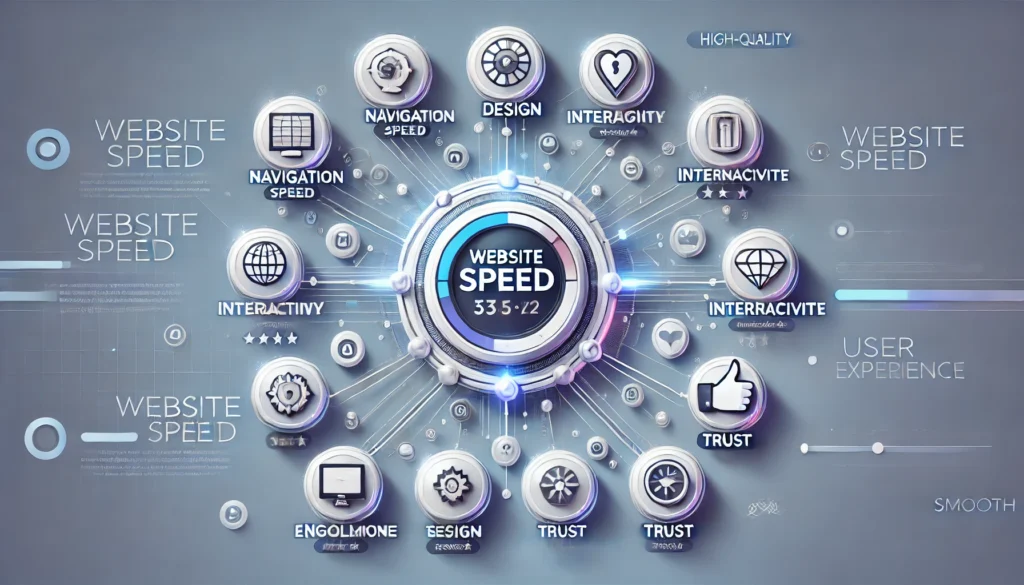Speed is everything on the modern web. A fast-loading site not only delivers a better experience to visitors but also influences search engine rankings, conversion rates, and overall user engagement. With mobile browsing on the rise and user patience dwindling, any delay in page load times can result in visitors abandoning a website in a matter of seconds. The pursuit of website speed optimization, therefore, has never been more critical for businesses and content creators.
In web development, certain strategies have emerged as highly effective in achieving faster page loads. Caching ensures that returning visitors spend less time waiting for content, image compression squeezes large files down to size without sacrificing too much visual quality, and code minification removes unnecessary clutter in scripts and styles. When executed properly, these techniques enhance website performance for all kinds of projects, from personal blogs to large-scale e-commerce platforms.
Here at Vadimages Web Development Studio, we pride ourselves on delivering cutting-edge solutions for online performance optimization. We have helped countless clients improve their website speeds, enhance user experiences, and ultimately increase revenues. Our expertise in caching, image compression, and code minification enables businesses to stay competitive in an era defined by split-second attention spans.
To illustrate these concepts visually, we have included a simple diagram that represents the flow of data when these optimizations are in place, underscoring how each technique plays a vital role in streamlining content delivery.
<img src="https://via.placeholder.com/800x400.png?text=Website+Speed+Optimization+Diagram" alt="Website Speed Optimization Diagram" style="max-width: 100%; height: auto;" />
From the user’s first request to the final rendered page, every step can be fine-tuned for speed. Although there are many other factors involved in performance improvement—such as server configuration, hosting environment, and database queries—the main pillars remain efficient caching mechanisms, properly compressed images, and clean, minified code. Below, we delve into each of these three pillars in detail, exploring their intricacies and demonstrating why they matter so much.
The Power of Caching
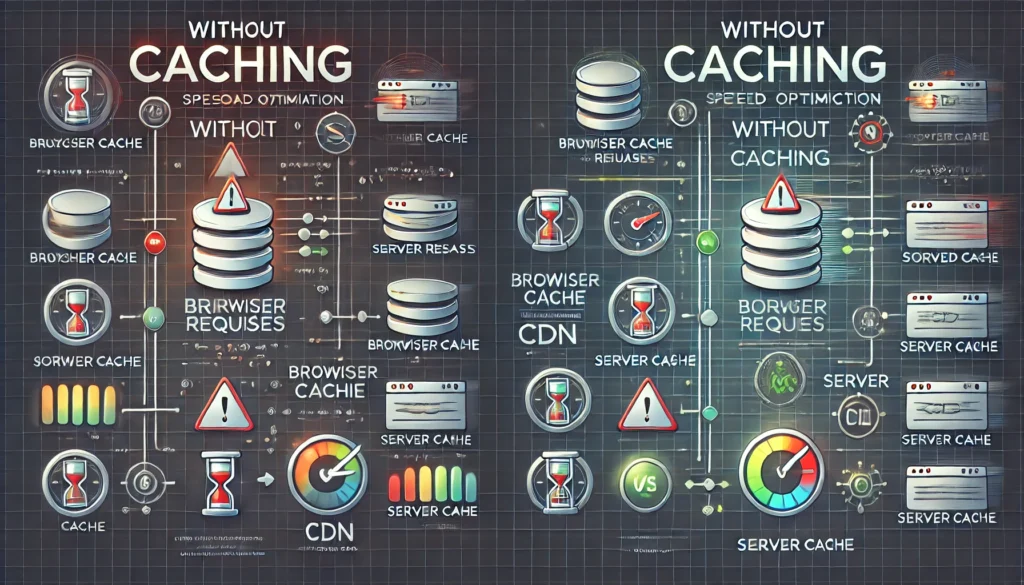
Whenever a user navigates to a website, the browser communicates with the server to request files: HTML documents, stylesheets, JavaScript files, images, videos, and more. Without caching in place, every visit would result in a fresh download of all the required files, increasing bandwidth usage and slowing down the site for returning visitors. This is where caching emerges as a highly advantageous technique.
At its most basic level, caching stores copies of your website’s files, or entire page outputs, in temporary storage. The next time someone visits the same page, instead of pulling fresh data from the server again, the browser or a caching server can load data more quickly from this stored version. The result is a shorter trip for data, fewer server computations, and dramatically faster page load times.
Several forms of caching exist, such as browser caching, which stores resources like stylesheets and scripts on the user’s local machine, and server-side caching, which may generate static HTML versions of dynamic pages. When configured correctly, caching reduces the computational overhead on your web server and slashes page loading times for repeat visitors.
It’s essential to manage cache expiration rules properly. For instance, if you push an update to your stylesheet or script, you want the server to instruct browsers to fetch the new version rather than relying on the old cached file. Properly configured caching also helps search engine crawlers see up-to-date information without penalizing your site for stale content.
Over-reliance on caching can, in rare scenarios, lead to outdated files if cache invalidation is poorly managed. However, the benefits overwhelmingly exceed the risks, particularly when best practices are in place. Caching should be viewed as a foundational pillar of modern website performance strategies. When done right, it provides a direct boost to user satisfaction, reduces hosting costs, and cuts down on the server resources needed to handle large volumes of traffic.
At Vadimages, we integrate robust caching layers into our clients’ digital ecosystems, customizing solutions that align with each website’s architecture and user behavior. Whether we leverage built-in caching plugins for popular CMS platforms, configure advanced reverse proxy caches, or orchestrate multi-level caching with content delivery networks, our aim remains the same: to deliver high-performance websites that convert fleeting visitors into loyal customers.
Image Compression Strategies
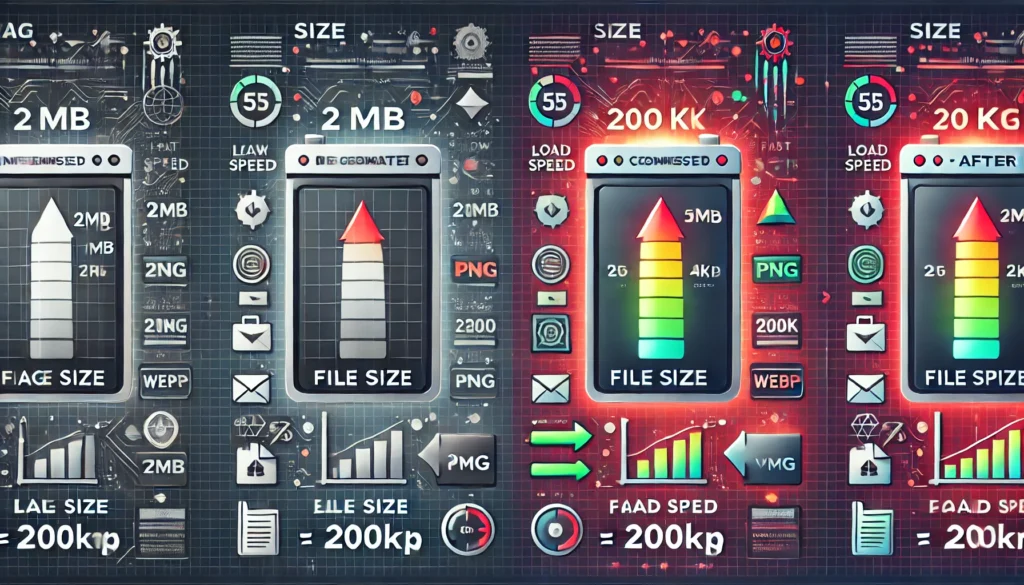
Images breathe life into a website, capturing user attention and conveying information in a compelling format. However, they are also among the largest contributors to page weight. Even a few uncompressed images can significantly increase load times, drive up data usage on mobile connections, and negatively impact user experience. For this reason, image compression stands out as a crucial tactic in the quest for speed.
Image compression entails reducing the file size of an image, often by removing non-essential data or optimizing how the image stores color and pixel information. Two major categories define compression methods: lossy and lossless. Lossy compression, as its name suggests, discards some information to reduce file size. When done carefully, the human eye cannot easily detect the minor differences in quality. Lossless compression, on the other hand, retains all the original data but uses algorithms to represent that data more efficiently.
Choosing the right format for your images plays a big role in how effectively you can compress them. JPEG is typically used for photographs and complex visuals where a slight loss of detail is acceptable, while PNG is perfect for images that require transparency or crisp lines, such as logos and icons. Modern formats like WebP can offer superior compression ratios, providing smaller files without a noticeable drop in quality.
For the best results, consider tools and techniques that automatically compress images during the upload or build process. Many CMS platforms support plugins that compress images on the fly. Services with built-in image optimization can further ensure that each image is delivered in the optimal format for the user’s device. Keeping a watchful eye on aspects like retina displays and responsive design is also vital, as images can be served in multiple sizes to match various screen resolutions.
Beyond compression itself, employing lazy loading can further speed up a website. This technique defers the loading of images that are off-screen until the user scrolls to them, reducing initial load times. Coupled with responsive image settings, lazy loading guarantees that users only load what is immediately visible and relevant.
Effective image compression not only speeds up page loads but also conserves bandwidth for mobile users on metered data plans. This helps ensure a frictionless user experience, inviting visitors to browse and explore more of your content. Vadimages specializes in integrating compression workflows into development pipelines, ensuring every image is optimized from the moment it’s added to a site. Our clients see measurable improvements in loading speeds, reduced bounce rates, and often improved conversions when high-quality images no longer slow down the user’s journey.
Embracing Code Minification
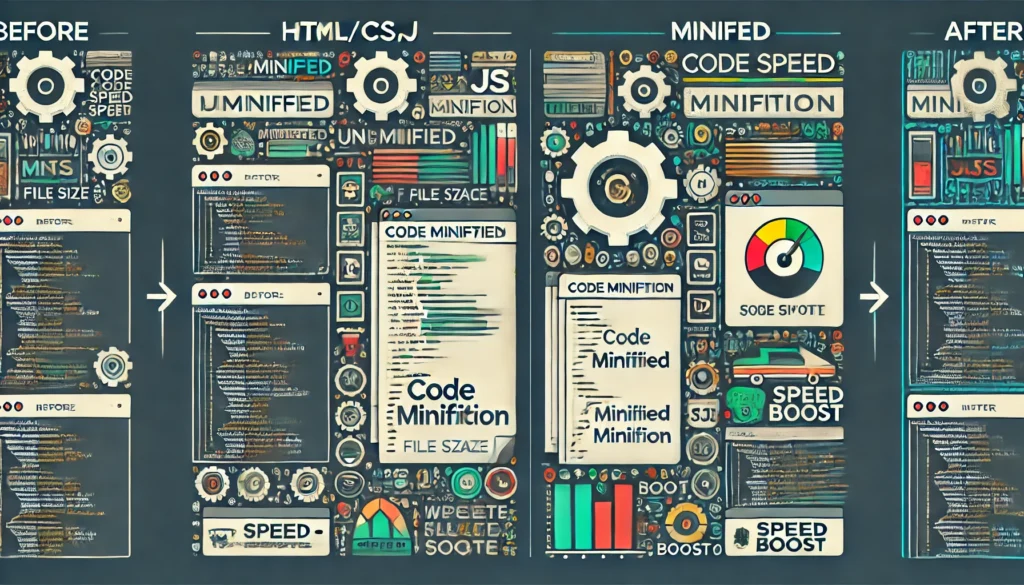
HTML, CSS, and JavaScript files are the structural backbone of any website. Over time, as developers add features, track analytics, or embed third-party services, the size and complexity of these files can expand significantly. When poorly managed, bloated code becomes a primary culprit in sluggish website performance. Code minification addresses this problem directly by stripping out all the extraneous bits—like whitespace, comments, and line breaks—that are necessary for human developers to read and maintain code but serve no purpose to browsers.
Minification is a process that can reduce file sizes without altering the code’s functionality. A typical CSS file, for example, might include generous spacing and inline comments to make it more readable during development. After minification, all of that extra space and commentary vanish, leaving only the raw text required for the browser to interpret styles.
In the realm of JavaScript, minification also shortens variable names, further shrinking the file and accelerating download times. Coupled with other tactics like concatenation (merging multiple files into one), the result is fewer server requests and smaller overall file sizes. This seamless approach to optimization significantly lowers page load times and is generally straightforward to automate using build tools or plugins.
Code minification should be implemented carefully to avoid introducing errors. It’s best to maintain separate development and production environments, where code in development remains readable, while the production version undergoes minification automatically. This ensures that developers can still work with understandable code, while site visitors enjoy faster load times thanks to compact, efficient scripts.
Minification is a part of the broader category of front-end optimizations that includes bundling and compressing all manner of assets. It’s often one of the easiest steps to take for an immediate performance gain. Combining minification with caching and image compression yields a comprehensive performance strategy that covers the main content and static resources a website requires.
At Vadimages, we bake these optimizations into every project from the outset, ensuring clients reap the benefits of a clean, minimal codebase. Our developers leverage modern frameworks and best practices that prioritize performance at every step. By embracing code minification from day one, we reduce the potential for performance bottlenecks, laying a foundation that supports future updates and expansions without compromising speed.
Bringing It All Together
A properly optimized website showcases the art of balance: it provides visually engaging media, dynamic functionality, and a seamless user interface without sacrificing speed or reliability. Caching accelerates repeat visits and offloads much of the processing from both servers and user devices, image compression tackles one of the biggest performance pitfalls on the web, and minified code ensures that every byte traveling between server and browser is necessary and streamlined.
Together, these techniques form a triad of efficiency that directly impacts user satisfaction and business outcomes. Faster page loads correlate with improved user engagement, higher search engine rankings, and better conversion rates. Brands that overlook these optimizations risk losing their audience to competitors who offer a slicker and more efficient online experience.
When seeking professional guidance on implementing such techniques, partnering with experts can make a profound difference in both the short-term and long-term performance of your site. Our team at Vadimages Web Development Studio stands ready to integrate caching, image compression, and code minification strategies tailored to your site’s needs. We believe that no single approach works for every scenario, so our solutions are always designed with your brand identity and business objectives in mind.
Additionally, as you continue to refine and evolve your website, staying informed about the latest optimization tools and methodologies is key. Web technologies continue to advance, and new best practices emerge regularly. The core principles of effective caching, selective image compression, and thorough code minification remain timeless, but the details and tools you use to implement them can evolve.
By entrusting your website to performance-focused professionals, you can rest assured that it will remain both functional and fast, prepared to adapt to new platforms and meet user expectations across devices. Given the impact that even a second of delay can have on user retention and search rankings, speed optimization is not optional; it is an essential investment in your business’s digital presence.
For those who want a partner in this journey, Vadimages is here to help. Our expert developers, designers, and analysts work collaboratively to ensure that every aspect of your website—down to the last line of code and the smallest image file—is tailored for performance. We invite you to contact Vadimages for a consultation. Let us evaluate your current setup, identify specific improvements, and implement a cohesive optimization strategy that unlocks the full potential of your online presence.
Unlock your website’s true capabilities with caching, image compression, and minified code. Embrace speed as a competitive advantage and reap the rewards of happier users, improved visibility, and a stronger bottom line. The web demands excellence, and by optimizing your site’s performance, you’ll stand out in an increasingly crowded digital marketplace.
Vadimages Web Development Studio offers comprehensive speed optimization services. Our team of highly skilled developers specializes in modern frameworks, custom solutions, and proven techniques like caching, image compression, and code minification. We tailor our approach to your business goals, ensuring that your website remains fast, efficient, and visually captivating. If you are ready to transform your online presence, partner with Vadimages and discover the difference that high-performance web development can make.


